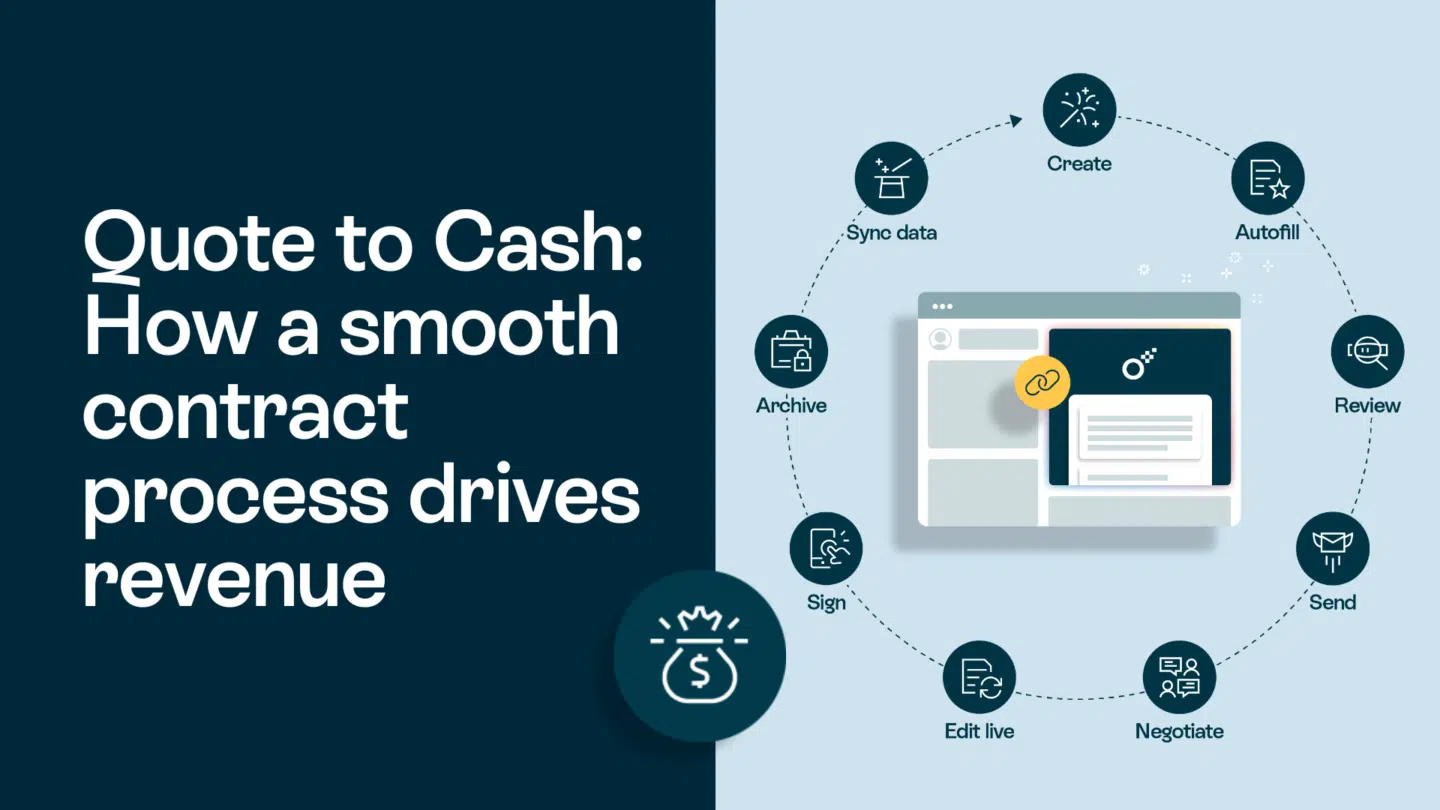Renting a car can be a great way to get around, but it’s important to make sure you have a clear and concise car rental agreement in place to ensure everything runs smoothly. In this article, we’ll take a look at how to write a car rental agreement template. Let’s get started!

Understanding the basics of a car rental agreement
Before we dive into the specifics of writing a car rental agreement, it’s important to understand the basics. A car rental agreement is a legal document that outlines the terms and conditions of a rental agreement between the car owner and the renter. This agreement should include details such as the rental period, vehicle information, and rental fees.
Importance of a car rental agreement
A car rental agreement is essential to protecting both the owner and the renter. It ensures that both parties understand their rights and obligations throughout the rental period. It also helps to avoid any misunderstandings or disagreements that may arise during the rental period.
Read also: How to get started with digital signatures for car rental

Key components of a car rental agreement
When writing a car rental agreement, there are a few key components that should be included. Some of these are:
- The parties involved
- Vehicle details and description
- Rental period and terms
- Rental fees and payment schedule
- Security deposit and its conditions
- Additional fees and charges
- Renter’s obligations and restrictions
- Owner’s responsibilities and liabilities
- Insurance and coverage
One of the most important components of a car rental agreement is the rental period and pick-up and return times. This section should clearly state the start and end dates of the rental period, as well as any specific terms or conditions that apply. For example, if the renter is only allowed to drive a certain distance in a day, this should be clearly stated in the agreement.
Another important component is the rental fees and payment schedule. This section should outline the total rental fee, any additional fees or charges, and the payment schedule. It should also specify the consequences of late payment or non-payment of fees.
The security deposit is another key component of a car rental agreement. This is a sum of money that the renter pays upfront as a guarantee against damages or other costs incurred during the rental period. The conditions of the security deposit should be clearly stated in the agreement, including when it will be refunded and under what circumstances it may be forfeited.
It’s also important to include information about the renter’s obligations and restrictions. This may include restrictions on who is allowed to drive the vehicle, as well as requirements for regular maintenance and upkeep. The agreement should also specify any penalties or fees for violating these obligations or restrictions.
The owner’s responsibilities and liabilities should also be clearly outlined in the agreement. This may include responsibilities for maintenance and repairs, as well as liabilities for accidents or other incidents that occur during the rental period.
Finally, the agreement should include information about insurance and coverage. This may include details about the renter’s insurance coverage, as well as any additional insurance or coverage provided by the owner.
By including all of these key components in a car rental agreement, both the owner and the renter can feel confident that they understand their rights and obligations throughout the rental period. This can help to avoid any misunderstandings or disagreements that may arise, and ensure a smooth and successful rental experience for both parties.
Read also: What is a digital signature?

Gathering necessary information for the agreement
Once you understand the key parts of a car rental agreement, it’s time to start gathering the necessary information. This includes:
Identifying the parties involved
Start by identifying the parties involved in the rental agreement. This will include the car owner and the renter. Make sure to include their full names, addresses, and any other relevant contact information.
Vehicle details and description
Next, include detailed information about the vehicle being rented. This should include the make and model of the car, the year, the color, and the vehicle identification number (VIN). It’s also a good idea to include any special features or modifications, such as a stereo system or GPS.
Rental period and terms for the car rental agreement
Specify the rental period and terms in the agreement. This should include the start and end dates of the rental, as well as any specific pick-up and drop-off times and locations.
Defining the financial aspects of the agreement
The financial aspects of the car rental agreement are crucial to making sure everyone is on the same page. Include the following information:
Rental fees and payment schedule
Specify the rental fees and payment schedule in the agreement. How much will the renter pay for the rental, and when are any payments due? Will there be any penalties for late payments? If so, how much? It’s important to include all of this in the car rental agreement.
Security deposit and its conditions
Most car rental agreements require a security deposit. Make sure to specify the amount of the deposit and any conditions for its return, such as no damage to the vehicle or returning the car with a full tank of gas. Also include information on when and how the rental deposit will be returned.
Additional fees and charges in the car rental agreement
Are there any additional fees or charges the renter should be aware of? This could include fees for returning the car late, cleaning fees, or additional insurance. Specify what these are and how much they will cost.
Read also: How PDF contracts are a problem for your business

Outlining the rights and responsibilities of each party
Finally, it’s important to outline the rights and responsibilities of each party in the rental agreement. This should include:
Renter’s obligations and restrictions
What are the renter’s obligations during the rental period? This could include things like maintaining the car and not using it for illegal purposes. It’s also a good idea to specify any restrictions, such as not driving the car out of state.
Owner’s responsibilities and liabilities
What are the owner’s responsibilities during the rental period? Make sure to outline any maintenance or repair obligations, as well as liabilities for accidents or damage to the car.
Insurance and coverage for the car rental agreement
Finally, it’s important to specify the insurance and coverage for the rental agreement. Who is responsible for providing insurance, and what is covered? How much does it cost? This is all information that the renter needs to know.
The key takeaways
Writing a car rental agreement template may seem daunting, but it’s an essential step to ensuring everyone is on the same page during the rental period. By including the key components outlined in this article, you can create a clear, concise, and legally binding agreement that will protect both the owner and the renter. Happy renting!
Do you want to get started with contracts like these, and many more types? You can try out Oneflow contract templates for free here.










